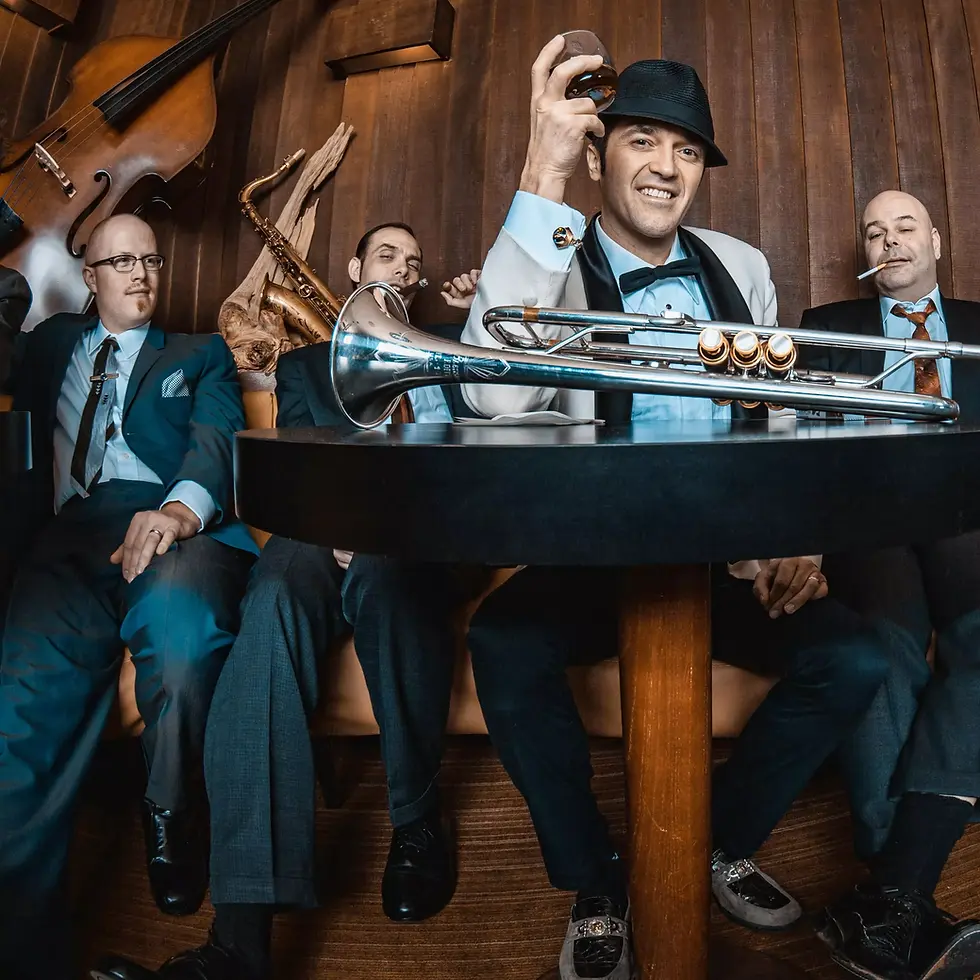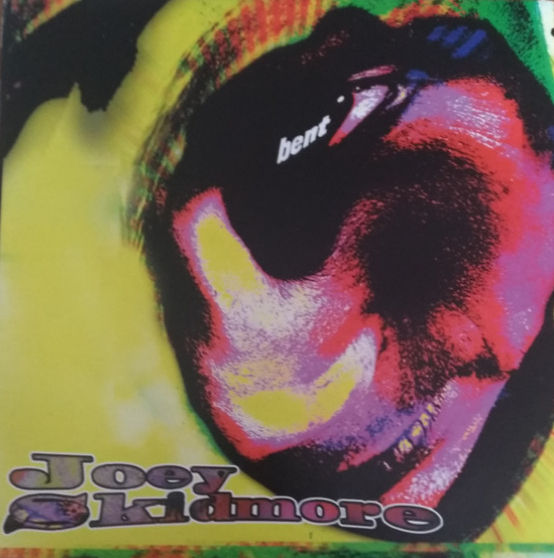Why We All Loved Swing Music for 2 Years in the 90's
- Paul Smeenus
- Apr 23, 2024
- 2 min read
In popular culture, there's a concept known as the 20-year nostalgia cycle, which sheds light on the resurgence of past decades' trends. This cycle explains the fascination with 1980s music among 2000s kids and the current revival of early 2000s culture. However, in the late 1990s, this retro enthusiasm took a deeper dive as American youth embraced swing music—a genre that had faded from mainstream popularity well before their parents' generation.

This swing revival seemed to occur almost instantaneously. The casual flannels and loose jeans of the day were swiftly replaced by sharp gabardine suits and sleek fedoras. Bands such as Cherry Poppin’ Daddies and the Brian Setzer Orchestra dominated the airwaves, bringing swing music back into the limelight. The popularity of The Gap's "Khakis Swing" commercial also played a crucial role, motivating countless couples to take up swing dancing in hopes of emulating the acrobatic feats performed by dancers in the advert.
This resurgence of swing music peaked in 1998 but dwindled by the end of the year. Today, nearly a quarter-century later, this brief period appears as a peculiar anomaly to both younger generations and some who experienced it firsthand. In late 2021, the perplexity was highlighted when Twitter user Simone Smith's post asking a Gen X to explain the 90s swing obsession gained viral attention.
To trace the origins of this neo-swing wave, we go back about a decade to 1989 in Los Angeles with the Royal Crown Revue. The group was primarily made up of former punk rockers, including Mark and Adam Stern (and their younger brother, Jamie) from the pioneering LA hardcore band Youth Brigade. Eddie Nichols, a New Yorker with a fondness for both the Sex Pistols and Frank Sinatra, led the vocals. Their sound, enriched by Mexican-American saxophonist Mando Dorame, a descendant of an LA zoot-suiter, blended '40s R&B and jump blues rather than traditional big-band swing.

Royal Crown Revue gradually became a staple in the Los Angeles and San Francisco music scenes, leading to their mainstream exposure in the film "The Mask" with Jim Carrey in 1994. Despite being pioneers of neo-swing, their potential mainstream breakthrough was hampered by their record label's indecisiveness and missed opportunities, like their absence in the movie "Swingers" due to contractual disputes.

Meanwhile, Big Bad Voodoo Daddy, who took over Royal Crown’s residency, captured wider appeal. Featured in "Swingers," they leveraged the film's cult success to secure a record deal. Their 1998 album "Americana Deluxe" achieved platinum status without a major single. This era also saw success for other bands like Cherry Poppin’ Daddies, who capitalized on their swing tracks to produce the hit album "Zoot Suit Riot," and Squirrel Nut Zippers, who explored a blend of genres while being categorized under the swing banner.

The neo-swing movement provided a fresh alternative to the grunge scene, aligning with a more optimistic national mood in the late 90s. It revisited and celebrated a classic American aesthetic that combined elements of the mid-20th century. This renaissance of old-school glamor was short-lived but marked a distinct period of cultural experimentation and revival that continues to intrigue and inspire.













Comments